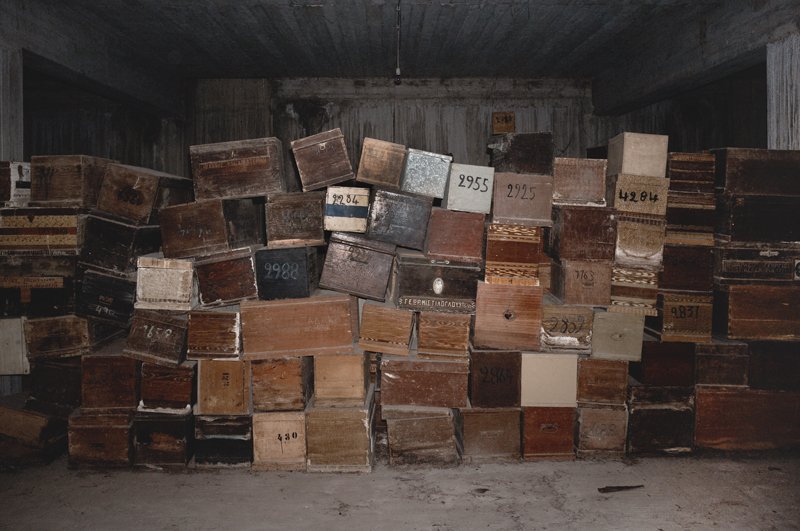
Lambros Andrianakis (1981) is a self-taught photographer from Crete, Greece. He received BA in Civil Enginnering.
He decided to start taking pictures in his early thirtys, even though he was working as a wedding photographer and videographer in his students years. Participating in many exhibitions take place in Greece.
With his work, attempts to link the history of his place of origin with the lightness of today’s capitalist exploitation of this land.

The Judgment of Minos
The concepts of “judgment” and “afterlife”, in the ancient Greek society, are of lesser importance comparing to the present day. The idea of Chaos plays a fundamental role in the existential concept of life and death during the ancient years, as it is mentioned in Hesiod’s Theogony. Man comes from Chaos and ends in the Chaos (Tartarus). It’s the law of Genesis and decay. Whatever is meant to happen will happen here. We Men have to make it happen during our time here. This has been the cornerstone of the ancient Athenian democracy. The laws are created by humans and not by superior forces and are submitted to constant questioning and reforming.
In today’s Greek society, the role of death and the afterlife has a much more central position. We are creations of God and we end up in Heaven after we die. Life has rules that are delivered to Man by God. It is a mere transitional period, a test. After death, comes the Judgment. The fear of ending up in a place of torture (Hell) is essential. This results in the ever growing hetero-determination of today’s person’s life. The same applies to the laws of the state. They too are being created by superior, enlightened leaders. They too are not negotiable.
The photographs are taken in the island of Crete, the land of King Minos. After his death, Zeus made him the Judge of the dead at the gates of Hades.”

website: Lambros Andrianakis
Instagram: lambrosthehuman
Facebook: Lambros TheHuman
–
copyright © Lambros Andrianakis, all right reserved
–









